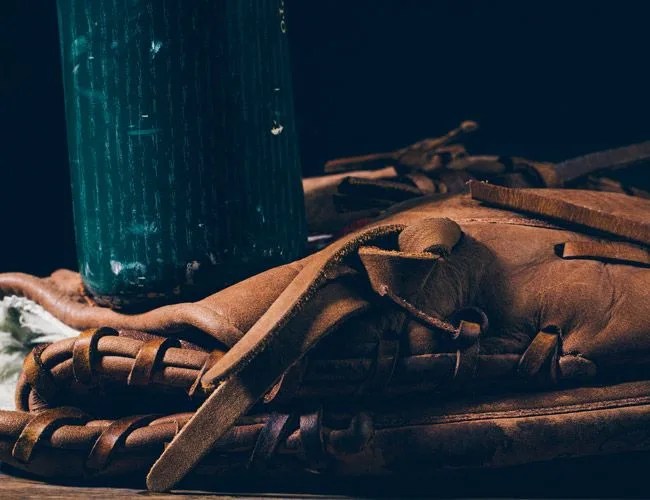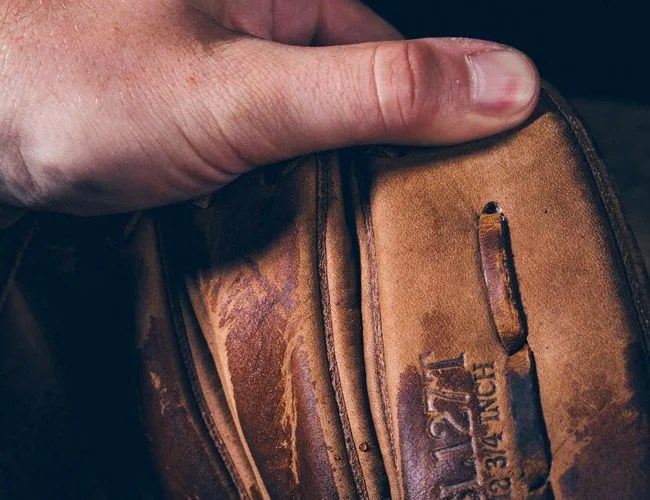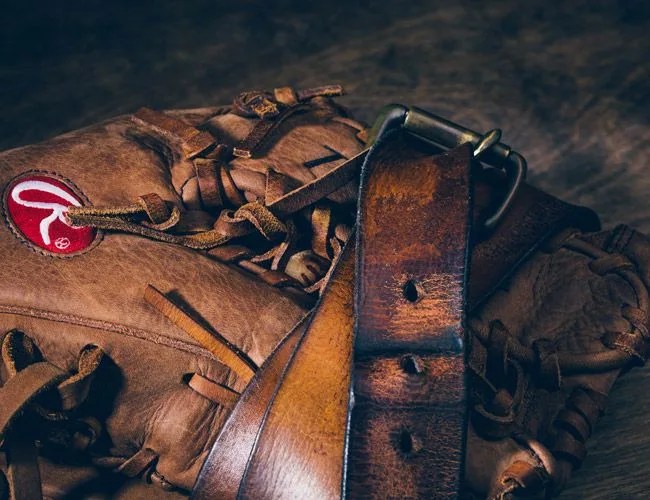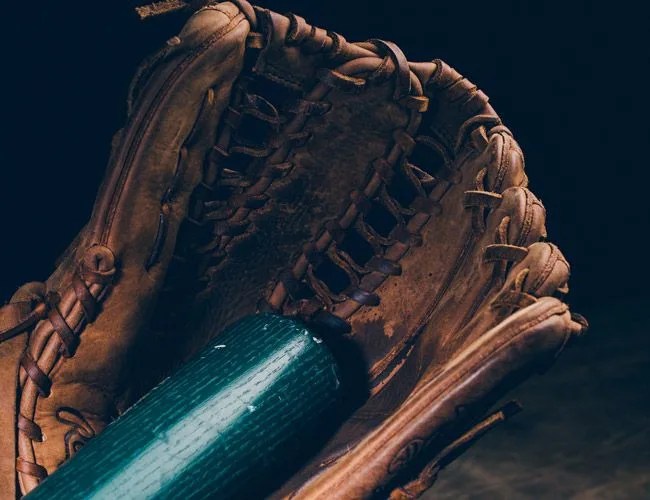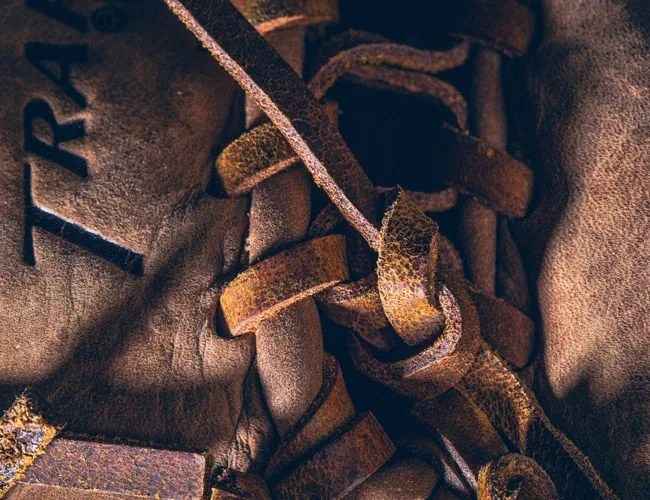I got my first glove when I was five years old. Braced for tee ball, wearing my new snapback ball cap with a violently bent brim and a purple t-shirt with a local sponsor on the back, my dad and I took on the challenge of breaking it in. A metal flask of glove oil, handed down from his dad was the first step. A couple drops — but just a couple. Then we rubbed it in, pounded the pocket a few times, stuck a baseball in it, and threw it under my mattress. I was so excited to see the result that I checked on it more than once during the night, imagining the Derek Jeter-esque plays I would soon be making. We weren’t wildly off in terms of process, but we didn’t nail it either.
As an adult, wanting to do it the right way, I chatted with glove expert Jim Barberine of Zombie Glove. The first thing Jim told us, and the underlying philosophy to all leather work, is that you have to “treat leather like you treat your skin“. After all, leather is skin. So even though your neighbor or a YouTube video said you should put your glove in the oven, you shouldn’t. It may soften up in the short term, but you’re burning the leather and that will make it dry out, crack and deteriorate much more quickly, meaning you won’t be able to use it too long or hand it down to your kid once you throw your back. Here are all the other tricks we learned.
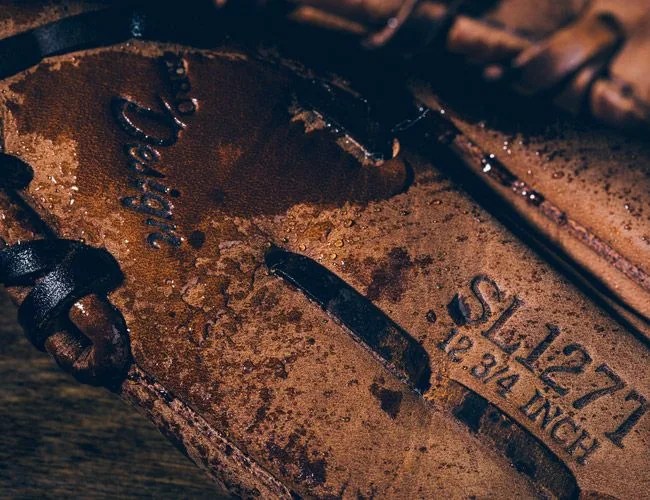
1Soften the leather. If you’re breaking in a non-leather glove, skip this step. Heat some water to 150 degrees Fahrenheit and, using a cup — not submerging — pour a couple splashes over the pocket side of the glove. You will feel the leather soften as it moistens, so go slow and don’t overdo it or get too much water on the back of the mitt or the inside.
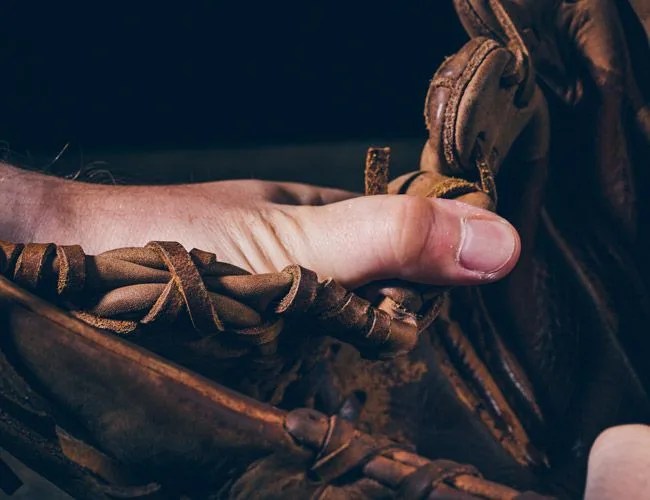
2Do an initial shaping. Once the leather is soft, do a preliminary shaping of the glove by putting it on and bending the fingers and crease the way you want them. If you don’t know what you want, we recommend flaring out the pinkie and thumb and slightly folding over the webbing. This will direct the ball toward the pocket and keep it in the glove.
